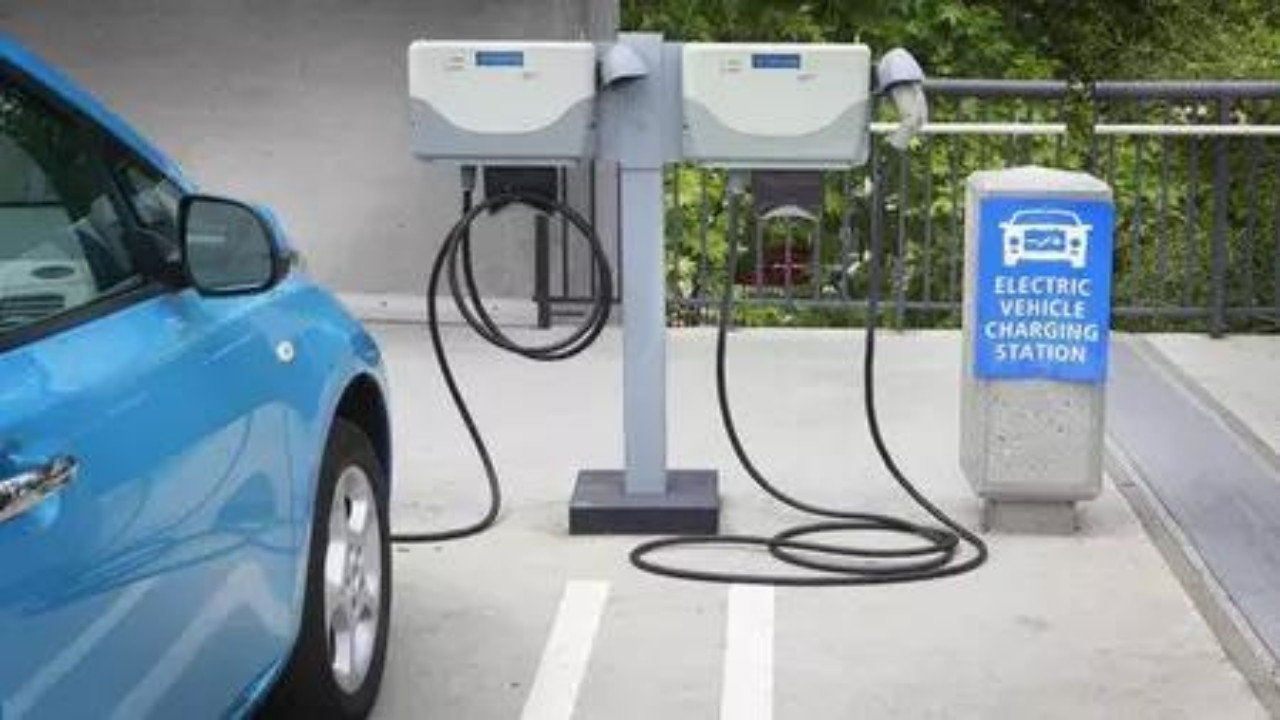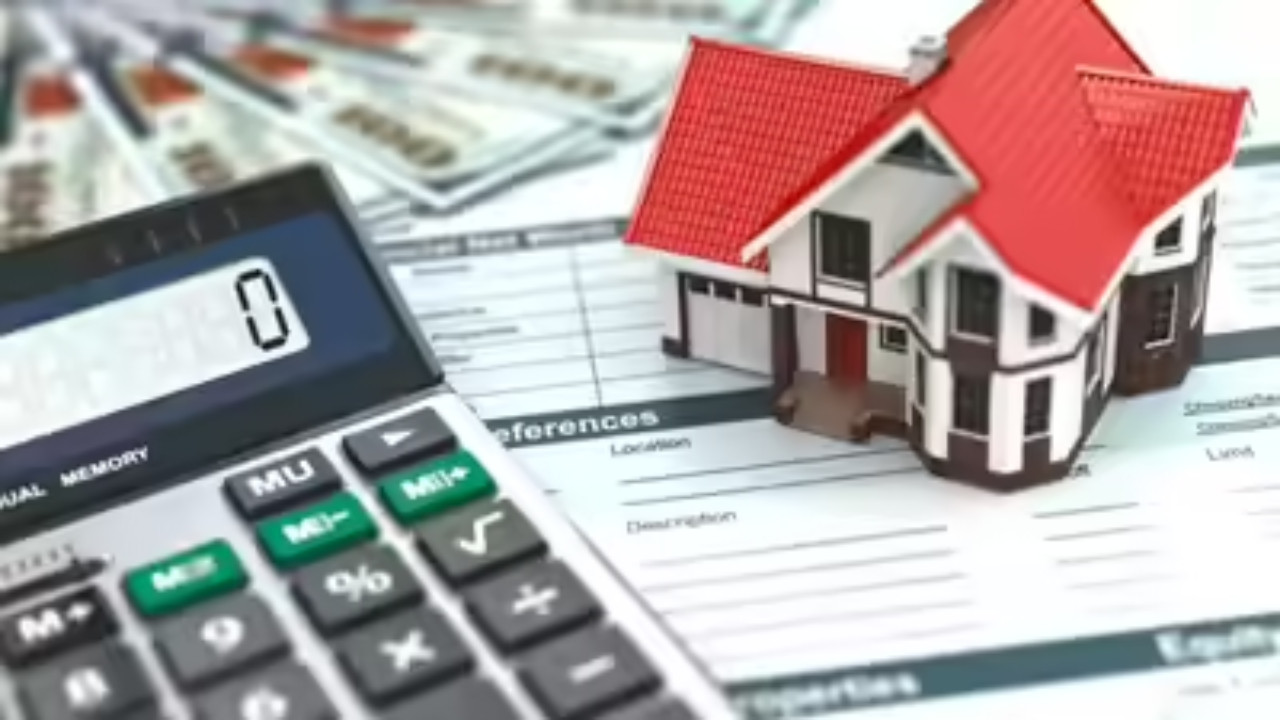The Quiet Revolution on India’s Streets: Electric Three-Wheelers Surge
The familiar rumble and clatter of India’s city streets are slowly, but surely, being replaced by something far quieter: the whir of electric motors. A fascinating shift is underway in the world of urban transportation, and recent sales figures paint a compelling picture. More than 60% of all three-wheelers sold in India this past June were electric vehicles (EVs), signaling a massive embrace of electric mobility. It’s not just a trend; it’s a transformation.
For years, the ubiquitous auto-rickshaw has been a cornerstone of Indian transport, navigating crowded lanes and bustling markets. But these traditional vehicles, often powered by aging two-stroke engines, contribute significantly to air pollution. The rise of electric three-wheelers offers a powerful solution, promising cleaner air and a more sustainable future for urban areas.
What’s Driving This EV Boom?
Several factors are converging to fuel this remarkable surge in electric three-wheeler adoption. Firstly, government incentives and subsidies are playing a crucial role, making EVs more financially accessible to drivers. These initiatives, designed to promote electric vehicle adoption, significantly lower the upfront cost, a major barrier for many. State governments are also actively involved in promoting electric mobility within their respective territories, which are often coupled with policies that encourage local manufacturing of electric vehicles.
Secondly, the total cost of ownership for electric three-wheelers is becoming increasingly attractive. While the initial investment might be slightly higher, the lower running costs – thanks to cheaper electricity compared to petrol or diesel – are rapidly making EVs a more economical choice in the long run. This is particularly appealing to drivers who depend on their vehicles for their livelihoods and are constantly seeking ways to cut expenses. Charging infrastructure, though still developing, is also steadily improving, with more charging stations appearing across cities.
Finally, growing environmental awareness is undoubtedly contributing to the shift. People are becoming increasingly conscious of the impact of air pollution on their health and are actively seeking cleaner alternatives. This growing awareness is driving demand for EVs, both from drivers looking to reduce their carbon footprint and from passengers who prefer a more environmentally friendly mode of transport.

The Players in the Electric Three-Wheeler Market
Several companies, both established automotive manufacturers and newer startups, are vying for a piece of the burgeoning electric three-wheeler market. These players are introducing innovative models with improved battery technology, enhanced range, and advanced features. The competition is fierce, driving innovation and pushing the boundaries of what’s possible in electric mobility. Companies like Mahindra Electric, Piaggio, and several emerging startups are leading the charge, offering a diverse range of electric three-wheelers to cater to different needs and preferences.
Challenges Remain on the Road to a Fully Electric Future
Despite the impressive growth, challenges remain. The availability of charging infrastructure is still a concern, particularly in smaller cities and rural areas. Addressing this requires strategic investments in public charging stations and the promotion of private charging solutions. Battery swapping technology is also getting its own fair share of attention, offering a quick and convenient alternative to traditional charging. The upfront cost, though decreasing, can still be a hurdle for some potential buyers. Also, access to financing for electric three-wheelers needs to be improved to make them more accessible to a wider range of drivers.
The Road Ahead for Electric Three-Wheelers
The future looks bright for electric three-wheelers in India. As technology advances, battery costs decrease, and charging infrastructure expands, the adoption of electric three-wheelers is only set to accelerate. This transition has the potential to transform urban landscapes, reduce air pollution, and create new economic opportunities in the electric vehicle ecosystem. This revolution is not just about swapping engines; it’s about building a more sustainable and equitable transportation system for the future. Furthermore, the widespread adoption of electric three-wheelers can act as a catalyst for the adoption of other types of electric vehicles. Looking ahead, it is necessary to consider the sustainable management of end-of-life EV batteries, and the long-term environmental implications for raw material sourcing and recycling.
The remarkable growth of electric three-wheelers in India is more than just a statistic; it’s a powerful indicator of a changing mindset and a commitment to a greener future. With continued innovation, supportive government policies, and growing consumer awareness, the electric three-wheeler revolution is poised to reshape the landscape of urban transportation in India. Check out this related article on [electric vehicle charging infrastructure](/ev-charging-india) to learn more.







